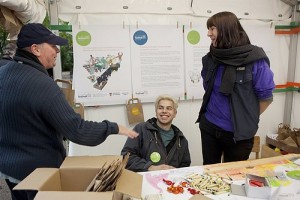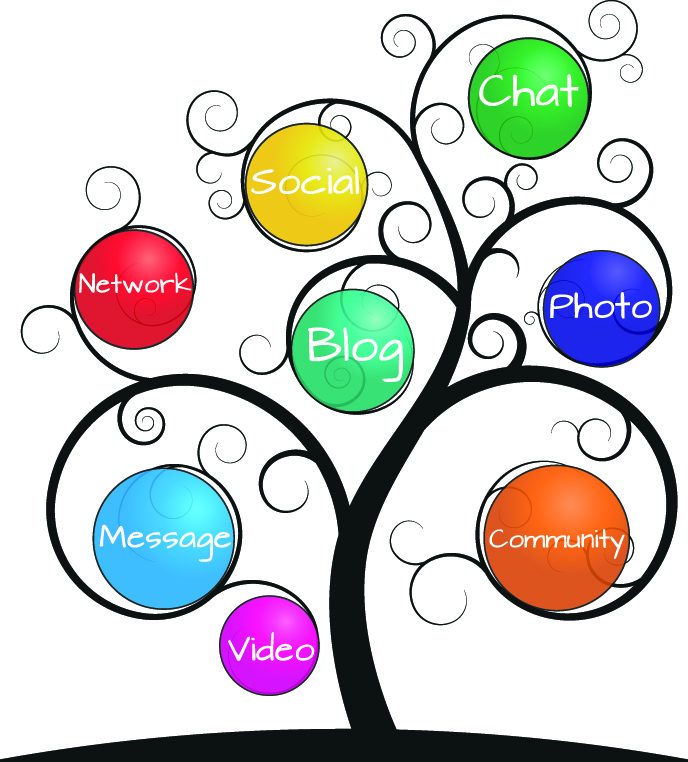It was ‘National Storytelling Week’ last week (1st-8th Feb). If nothing else, this meant that there was a welcome focus in the national press on the therapeutic and social importance on the act of storytelling, and on what it means to form narratives and communicate them to others. Given the narrative focus of the Festival in a Box project—which uses storytelling techniques to engage people with dementia, but also encourages people to communicate their personal narratives of self, of their ‘illness’, and their relationship with place—I followed these discussions with great interest.
However, whilst much of the coverage of ‘Storytelling Week’ highlighted, quite rightly, the pedagogical and therapeutic possibilities of the simple act of engaging people in narratives, there was relatively little discussion (that I saw) of the nature of narrative itself. Particularly, there was little on how our understanding of what constitutes a story might be challenged by interacting with people whose capacity to form narratives has been affected by illness or injury, or which is in other respects exists outside of communicative norms.
Writing in Health in 2011 Lars-Christer Hydén and Eleonor Antelius noted that, ‘[d]oing research with persons with communicative disabilities quiet often tends to upset the often implicit and taken-for-granted narrative norms of the researcher’ (6). This is something that I have noticed myself over the course of the Bloomsbury Festival in a Box project, and which I have been trying to explore in previous entries on this blog. To put it quite simply, working with people with dementia—whose understanding of time, of the order of events, and of the conventional (unspoken) rules of communication can be unusual and challenging—forces you to consciously question the nature of your own largely unconscious communicative habits. It challenges your assumptions about the nature and structure of narrative flow, and about what can and can’t constitute a valid ‘story’.
I have found this both a challenging and inspiring experience. It has made me to reconsider how I think about myself as a researcher and a writer, and about how I use different resources—including images, fragments of sound and music, and objects—in the work that I am engaged in. More than anything else though it has made me think again about the most effective ways not only of facilitating but of doing justice to the stories (however fragmented) communicated by the narrative community of my research participants. Hydén & Antelius point out that ‘telling stories is a relational venture. Stories are always part of a joint activity’ (7). How to do justice to the complexity of those relational interactions, especially when they involve the socially isolated and disempowered, should perhaps be at the heart of any exploration of storytelling, and of the storyteller.

